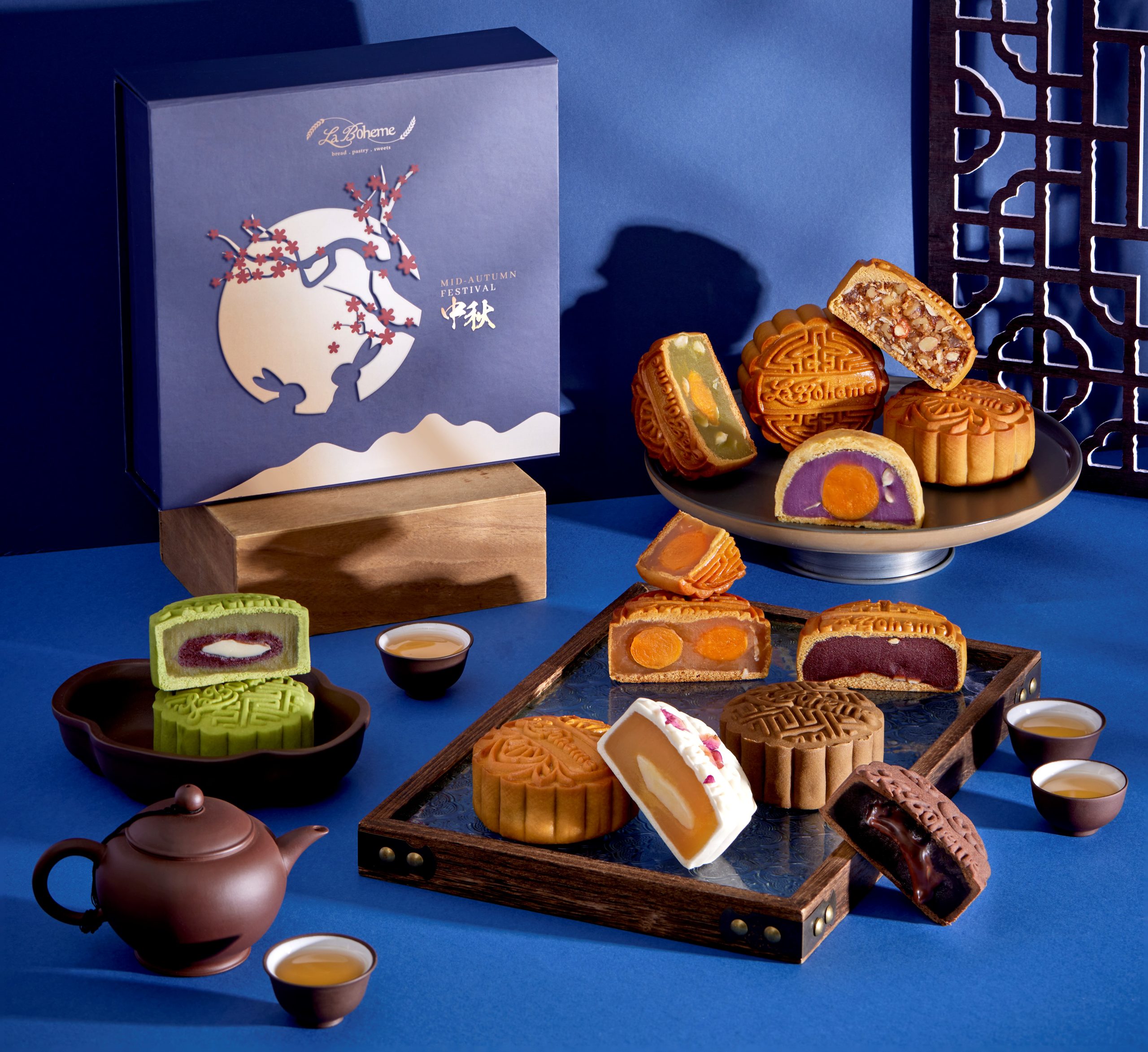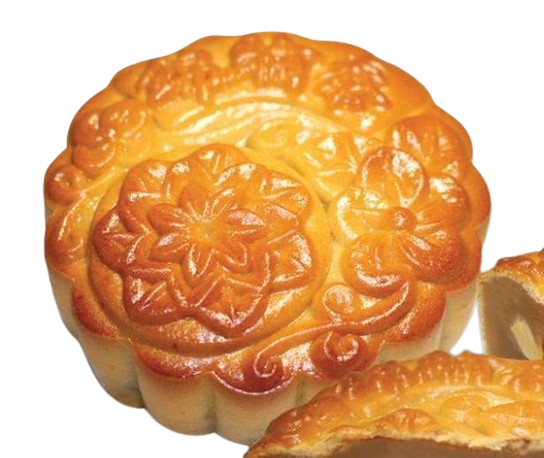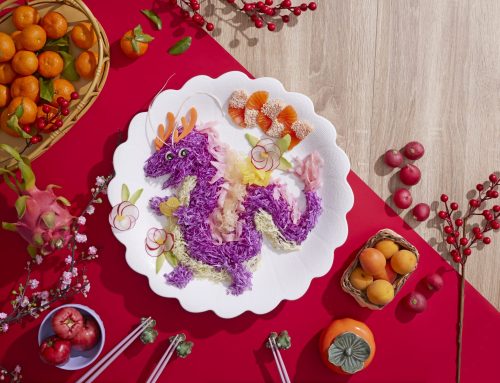Mooncakes are a traditional Chinese pastry that holds great cultural significance, especially during the Mid-Autumn Festival, also known as the Moon Festival. This festival typically falls on the 15th day of the 8th month of the lunar calendar, which usually corresponds to September or October in the Gregorian calendar. The festival celebrates the harvest and the full moon, symbolizing unity and togetherness.
Exchanging and sharing mooncakes is a customary practice during the Mid-Autumn Festival. They are often given as gifts to family members, friends, and business associates, symbolizing unity and expressing good wishes. Mooncakes are beautifully packaged in decorative boxes, and the act of gifting them serves as a gesture of respect, gratitude, and the desire for a harmonious relationship.
Over the years, the mooncake has evolved into various types; here are several traditional (and non-traditional) types of mooncakes, each with distinct fillings and characteristics:
Lotus Seed Paste Mooncake
This is one of the most classic and widely enjoyed mooncakes. The lotus seed paste is smooth and sweet, and it often contains whole or chopped lotus seeds for added texture.
Red Bean Paste Mooncake
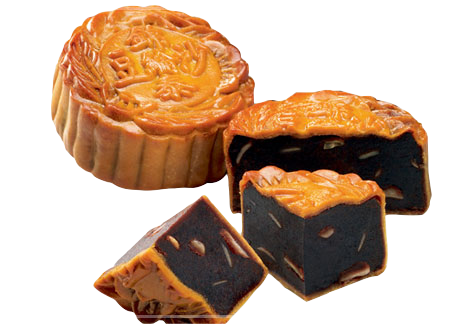
Another popular choice, these mooncakes are filled with sweet red bean paste. The paste can vary in texture and sweetness, depending on regional variations and personal preferences.
Five Kernel Mooncake

This type of mooncake contains a mixture of five different types of nuts and seeds, often including walnuts, almonds, pumpkin seeds, watermelon seeds, and sesame seeds. The filling provides a crunchy contrast to the usual smooth pastes and sometimes marketed as ‘high-fibre’ options, usually preferred by those who are sweet-resistant.
Salted Egg Yolk Mooncake
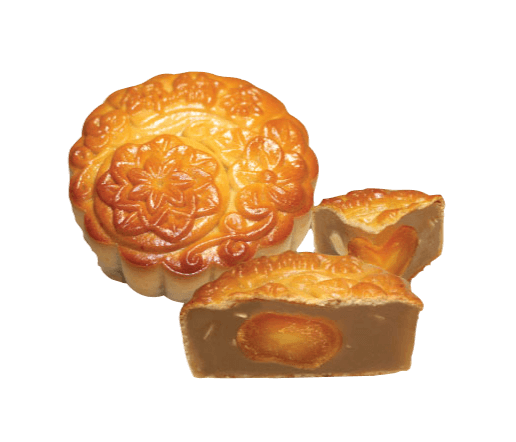
These mooncakes usually feature a rich lotus seed or red bean paste filling, along with a whole salted duck egg yolk at the center. The savory saltiness of the egg yolk balances the sweetness of the filling. Similar to the salted egg yolk mooncake, the double yolk mooncake contains two egg yolks, offering both the symbolic representation of the full moon and an enhanced flavor.
Snow Skin Mooncake
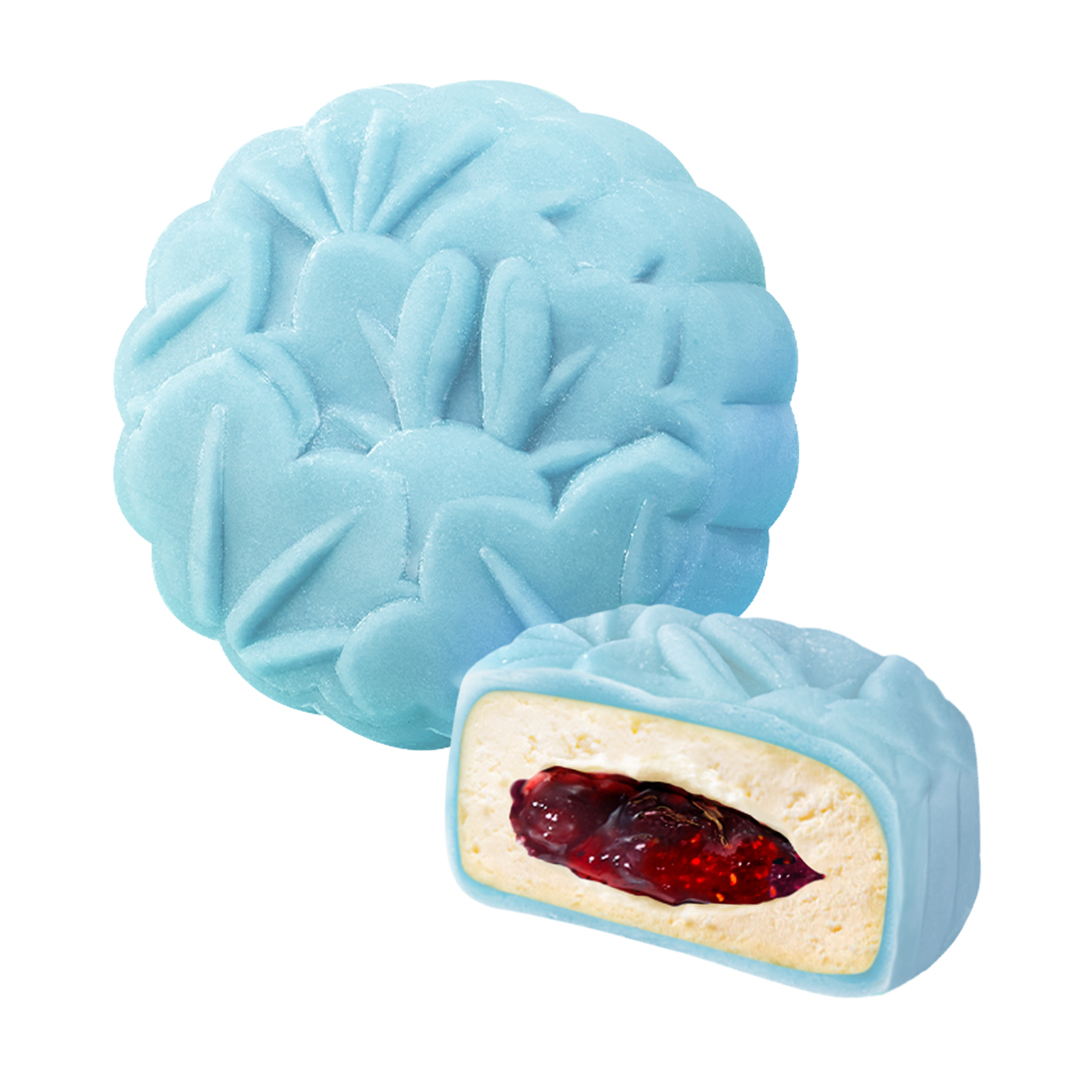
Unlike traditional baked mooncakes, snow skin mooncakes have a soft, slightly chewy outer layer made from glutinous rice flour. They are typically eaten cold and are known for their refreshing taste. Snow skin mooncakes often come in a variety of flavors, including fruity and ice cream-like fillings. One of the most popular in Malaysia would be the Musang King Durian variant mostly sold here.
Meat Mooncake

These mooncakes are a more savory option, often filled with minced pork, chicken, or even ham like this one from . They are less common than sweet mooncakes and are sometimes associated with specific regional cuisines. Not too common in Malaysia as we prefer the dessert types for gifting purposes.
Green Tea Mooncake
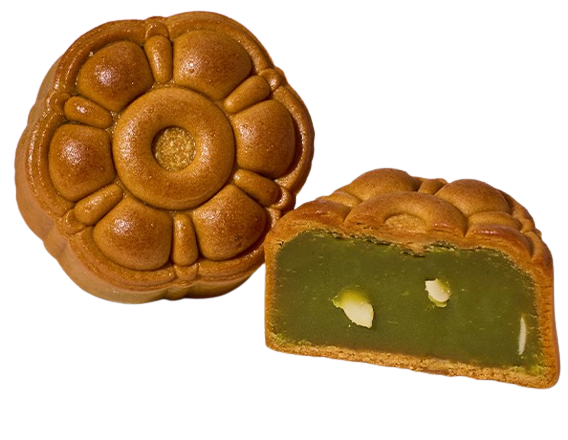
With a green tea-flavored crust and a sweet filling, usually lotus seed paste or red bean paste, these mooncakes offer a unique twist on traditional flavors. Matcha mooncakes are a great flavour with fans of its own.
Modern and Innovative Mooncakes
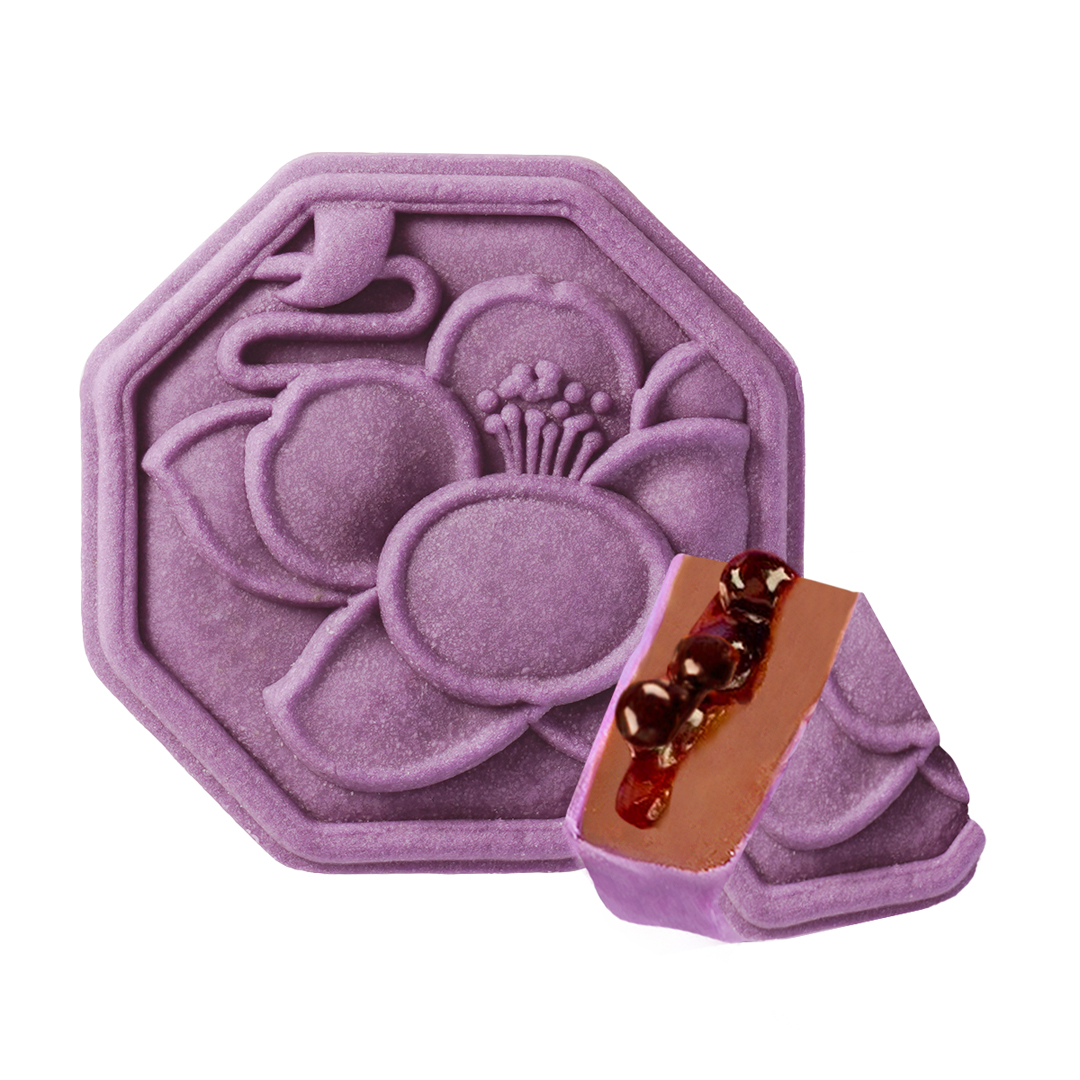
Check out more innovative mooncakes here
In recent years, bakeries have introduced a wide range of creative mooncake flavors, including chocolate, coffee, durian, tiramisu, and even alcoholic fillings like champagne. These are sometimes done by smaller, artisanal brands which cater to a unique or niche demand only during this special season. Bigger brands such as Casahana also strive to come up with newer, non-traditional flavours.
Out of all mooncakes available, these are just a few examples of the many types of mooncakes from a diverse set of regions in China and other Asian countries. Even in Malaysia, some states or towns may have their own unique variations and flavors, reflecting local tastes, pastry-skin and traditions.
